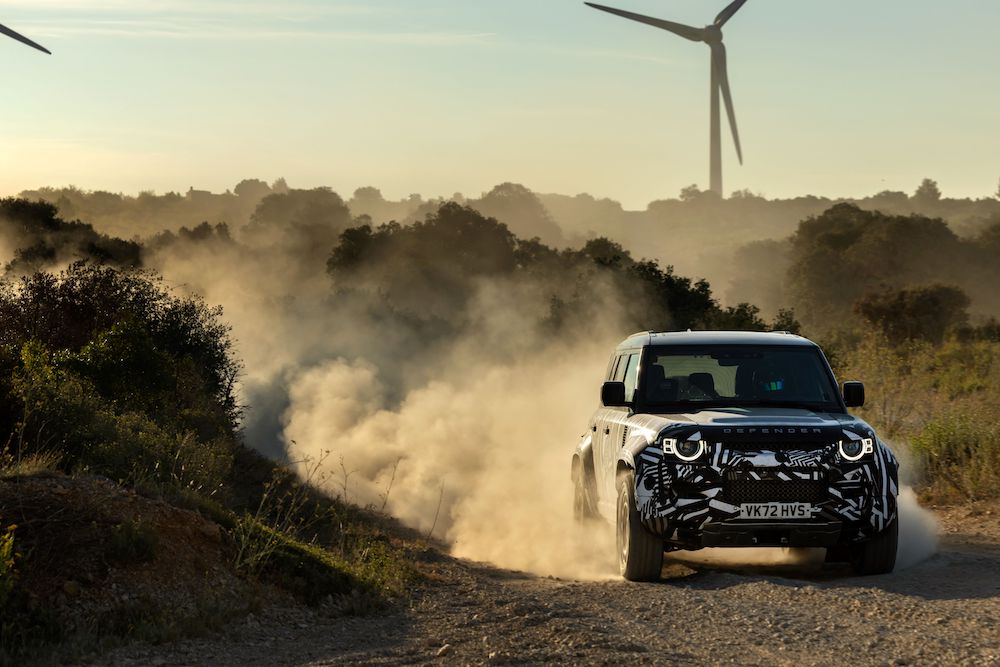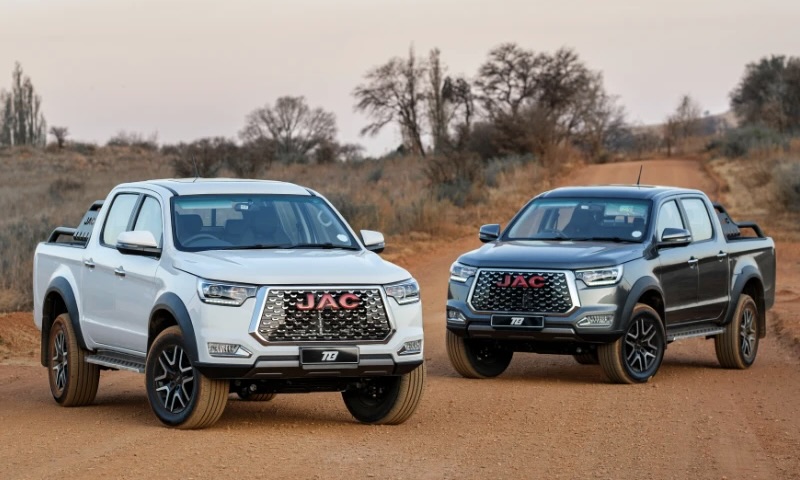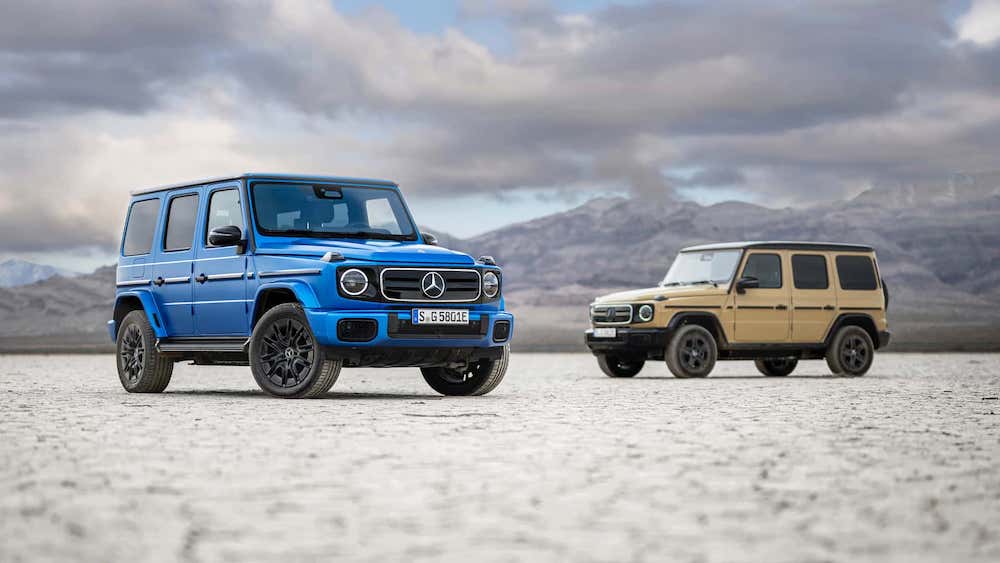When Niel Crafford decided to build the ultimate 4×4 camper for his retirement he took a standard Land Cruiser bakkie and added everything he wanted. The result is the perfect retirement (motor) home, something that will rouse the green-eyed monster in every overlander out there.
Text and photographs: Niel Crafford
4 AFRIKA GP was named for a number of reasons. Firstly, it is my fourth Cruiser. Secondly, because it was designed for that very reason – for Africa! And thirdly, because in Afrikaans it reads “vier Afrika” – “celebrate Africa.”
It was preceded by an 80-series stationwagon (a 1993, 4,2-litre diesel model with 415 000km on the clock), a 60-series petrol stationwagon, and a converted pick-up used by the military in the Caprivi Strip in the late 80s. All these vehicles were used on many camping trips, and were improved upon aft er each trip to provide better and easier camping. The third Cruiser is still with me, to be used by my boys when they are old enough to undertake trips themselves.
I realised a few years ago that my trusted 80- series Cruiser would not last forever. And that taking down tents and chairs from the roofrack every evening (and unpacking the whole vehicle to get to the stove, shower, pots and pans) might lead to us not enjoying overlanding as much in future as we would like to.
Numerous discussions around campfires about the “ultimate Africa overlander” considered vehicles such as the Unimog, Samil 20, Mercedes 4×4 Sprinter and others. But in the end common sense prevailed – in Africa, things tend to break and one then needs to be able to fix them. In other words, spare parts must be readily available on the continent, and this means Toyota Land Cruiser. And, having driven Land Cruisers over a period of sixteen years, I feel at ease behind the wheel and know what to expect….
Now that the badge on the bonnet had been decided upon, the next big challenge was: petrol or diesel? I would have loved to be able to buy the 4,6-litre turbodiesel pick-up, as sold in Australia, but was told that that engine would never be available in South Africa.
The 4,2-litre straight-six diesel engine that I have travelled 345 000km with in Cruiser number three is bulletproof and fantastic off road. Unfortunately, I know that it won’t cope with the Namib dunes, and it can be frustrating on the open road – especially on long uphills or into a headwind.
That led to us buying the 4,5-litre petrol.
By now I have to subscribe to conventi onal wisdom: the 4,5 on the cab refers to the petrol consumption: 4,5km/litre. But what a pleasure to drive!
Before we bought the vehicle, we looked at a number of conversions available on the market. Elize and I intend to travel widely in (mostly) Africa, and want to do so without too much effort – that way we can keep on doing it for years to come. We needed sufficient water (two tanks, to take in water along the way without contaminating the clean water), proper cooking and washing facilities, reliable 12V power and many other luxuries to ensure that our “retirement home” will be used as such.
We decided on the versatile “Traveltop” conversion offered by Gerrie van Belkum in Centurion. His canopies are normally fitted on top of bakkies – be it single or double cab, Land Rover, Cruiser, Hilux or Colts – and can easily be taken off by jacking up the four corners and driving the vehicle out from underneath, even in the bush should you want to!
We decided to go the whole hog: Gerrie removed the load-box (“bak”) and built the canopy from the chassis up. The rooftop swings out to the side and houses the tent (which gets erected over the vehicle) and the double bed! This allows one to climb into the bed standing up – allowing more than enough space to undress, use the PortaPottie or get to a glass of water in the middle of the night – without having to get out of the vehicle.
One also has complete freedom to customise the rest of the canopy. For starters, we wanted the kitchen under the swing-out rooftop, which provides almost three square metres of cover in an instant. Side panels fold down to expose our fully kitted-out kitchen – spices, crockery, cutlery, pots and pans! A fold-down table serves as a work surface that can handle hot pots and is easy to clean. It extends to one side to accommodate two plastic tubs for washing up. Another door swings out to reveal a two-plate gas stove, connected to outside gas bottles and ready to use. A slide-out 74 litre National Luna fridge/freezer is also tucked away inside this area.
On the other side of the vehicle a lift-up panel allows easy access to storage bins. It also allows for a quick inspection of the vehicle that satisfies most border inspectors.
Drop-down hatches provide access to the tools and spare-parts compartment on one side and easy cleaning of the PortaPottie on the other side. Gerrie also fitted dust-proof and waterproof “tool boxes” underneath the floor to house recovery equipment and electrical cords, tent pegs etc. A 3x4m canvas awning can be fixed to the rear of the tent, providing dry access into the vehicle, and a lovely stoep.
The backup power in the vehicle was designed and installed – personally – by Pieter Barnard of PB Enterprises, also in Centurion. Pieter is an electronic engineer who designs and builds all his own equipment, from chargers (we have a 60A charger fitted) to battery boxes, fitted with all the necessary safety features.
He also does all the power reticulation, ensuring that the wiring will not let you down in the middle of nowhere. Pieter also provided the 12V pumps and taps that allow us to draw water from the two tanks (90-litre and 40-litre) underneath the vehicle.
Obviously I had to take care of the “basics” as well – suspension, recovery and wheels. We fitted a Nudge-M bullbar with a Come-Up winch, two Cibié spotlights, Old Man Emu shock absorbers and Dobinsons springs. Steel rims from a 100-series Cruiser, with 265/17 R16 BF Goodrich A/T tyres, were also fitted.
Luckily the 70-series comes fitted with dual 90-litre fuel tanks, which suffice for most offroad trips, with a range of about 800km. For longer trips we carry four 20-litre jerrycans on a custom-made roofrack (on the canopy) made by Joggie Benade, which can also carry a second spare-wheel. The first spare-wheel is fitted to the back of the canopy, where a 600 x 600mm braai grid, a 600mm steel pan and a braai toaster are also tied down.
A Safari Snorkel (to hopefully improve fuel consumption) is the latest addition, while a water purification unit – we have opted for the P008 mobile system by Aquavend – and cruise control (fuel consumption again) are on the shopping list.
Apart from these I reckon we have the ultimate camping vehicle: reliable, strong, easy to operate (it takes just five minutes to set up camp) and fully equipped. Many thanks to all who contributed to our “retirement home”: with so many options available, it is very difficult to decide which to choose. A special word of thanks to Gerrie, who has “been there and done that” – the sort of person you can trust to advise you correctly!
Being an architect specialising in ecotourism work (stuff in the bush), I have worked in all the SADC countries, as well as Madagascar, India and the Middle East. Most of the time very little infrastructure exists in these utterly remote areas. Without the camping Cruisers, much of this wouldn’t have been possible.









